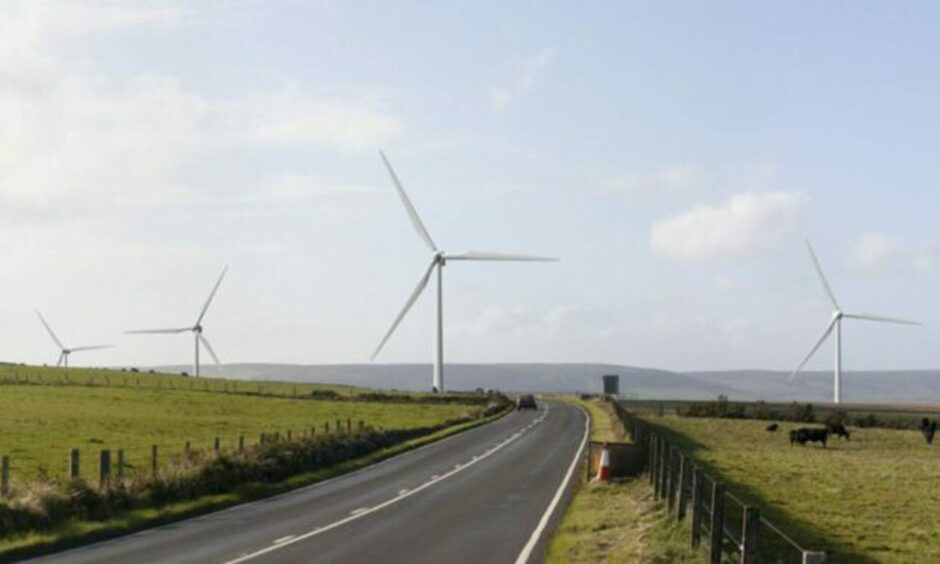
The UK published a revised version of its green finance strategy, laying out plans to track investment flows and boost transition finance as it seeks to become the world’s first net-zero aligned financial center.
In the long-awaited update to a 2019 strategy, the UK said it will publish a series of net-zero roadmaps this year that outline funding needs by industry, and a sector-based approach to guide nature positive investment by 2024. It described steps for moving ahead with a delayed taxonomy and to consider extending mandatory transition plans to all large companies, not just publicly traded ones.
Like other countries in Europe, Britain has been jolted by a recent US plan to provide $370 billion in tax breaks and subsidies for climate- and energy-related technologies. The European Union has since proposed its own Green Deal Industrial Plan, as well as a Net-Zero Industry Act to simplify regulations.
The UK unveiled its renewed effort Thursday to speed up deployment of renewable power and capture carbon — and broadly increase energy investments. The revised green strategy, which was published separately, focuses on financial institutions and dovetails with the nation’s broader net-zero goal.
“The strategy sets out a step change in how the UK will mobilize the finance needed to limit catastrophic warming and catalyze investment into nature,” said Rhian-Mari Thomas, chief executive officer of the Green Finance Institute, in a statement.
Bank of England Governor Andrew Bailey said in a separate statement that the central bank is working to ensure the economy, the financial system and the BOE itself are resilient to the risks from climate change and support the transition to net zero.
But critics said the good intentions need to be matched with real-world action. The BOE said earlier this month that it plans to reduce spending on climate-change work and redirect the money to core functions because of rising cost pressures.
The UK effort “will need to be underpinned by a comprehensive net-zero investment plan, an independent tracking of net-zero financial flows, a strong net-zero mandate for regulators and a credible green taxonomy,” said Ed Matthew, campaigns director at E3G, a climate change think tank. “More progress is needed.”
That also applies to financial institutions — banks, asset managers, pension funds and insurers — which continue to support carbon-intensive companies through direct investments, loans and other transactions.
“What is absent from this strategy is a plan to wind down financing of fossil fuels and other environmentally destructive activities,” said Fran Boait, executive director of research and campaign group Positive Money.
And while there are signs Britain’s decarbonization effort has picked up steam, it still has a long way to go.
Annual investment in low-carbon sectors more than doubled in real terms over the past five years, according to the UK strategy document. Roughly £50 billion ($62 billion) of new investments were made in total during 2021 and 2022.
“We estimate that to deliver on the UK’s net-zero ambitions, through the late 2020s and 2030s, an additional £50-60 billion of capital investment will be required each year,” according to the green finance strategy report. “Most of this investment will need to come from the private sector.”
Recommended for you
